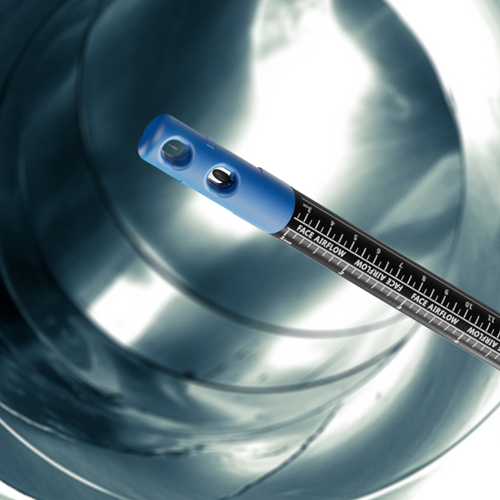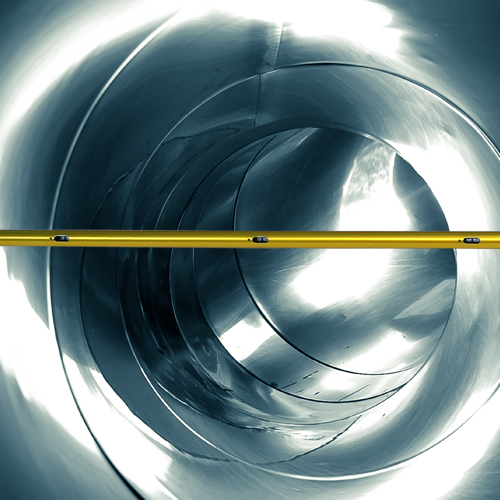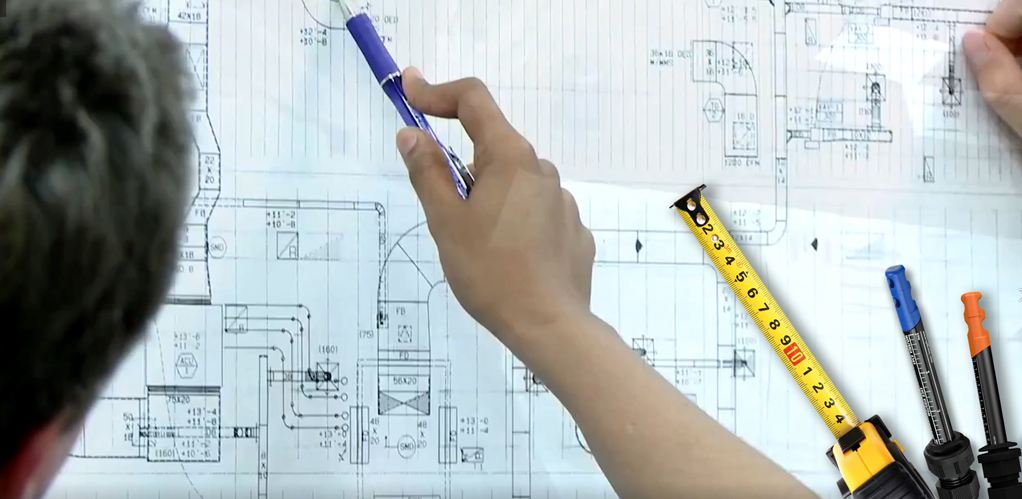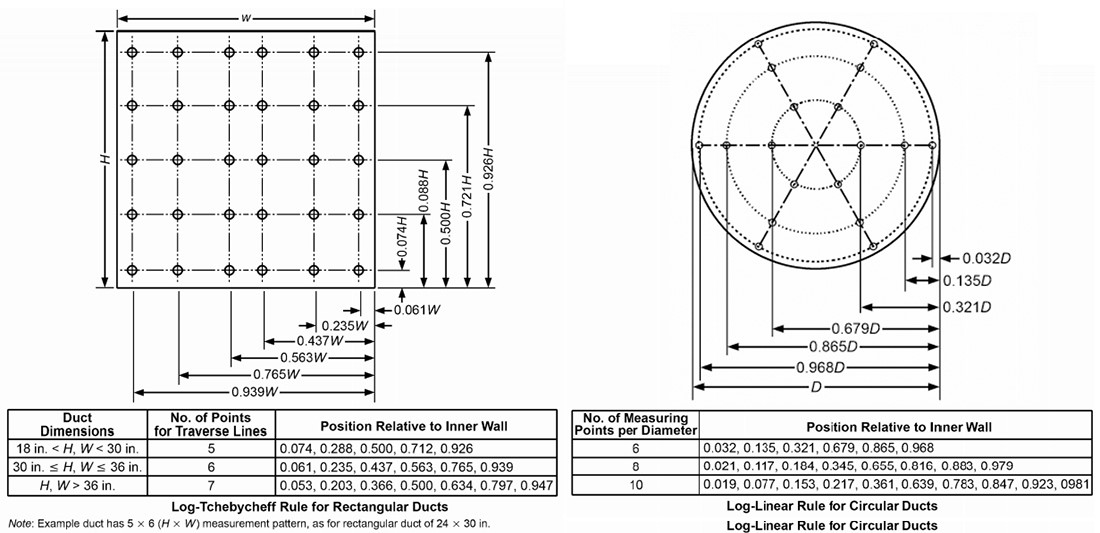HVAC Duct Airflow Measurement
HVAC Duct Airflow Measurement
HVAC Series "Analyzing Airflow" Part 1:
Note: Part 2 of our HVAC Series – Analyzing Airflow outlines the use of a linear array of airflow sensors designed for multipoint experimentation where there are predefined measurement locations.
Indoor environmental conditions directly affect the health, comfort and productivity of a building’s occupants, equipment longevity and overall energy costs. Accurate measurement of air velocity in HVAC ducts provides the information needed to examine and calculate the optimal airflow in HVAC systems. Larger HVAC ducts require a different set of tools than smaller diameter ducts. Degree Controls is your trusted partner for single and multi-point airflow sensing and control.
Airflow Measurement Standards
Degree Controls has been developing airflow-critical solutions and airflow analysis tools for over 20 years. When asked about where and how to take air velocity measurements in a duct, Degree Controls points to well-established standards and guidelines from ASHRAE, the American Society of Heating, Refrigerating and Air-Conditioning Engineers. ANSI/ASHRAE Standard 41.2 prescribes methods for air velocity and airflow measurement, and ANSI/ASHRAE Standard 111 provides procedures for measurement, testing, adjusting, balancing, evaluating, and reporting the performance of building heating, ventilating, and air-conditioning systems in the field.
Where to Measure Airflow
Volumetric airflow measurement accuracy depends on measurement location. ASHRAE recommends placing the airflow transducer at least 7.5 duct diameters downstream and 3 duct diameters upstream from obstructions or changes in airflow direction. For accurate and reliable air velocity readings, place the air velocity sensor in stable, laminar flow:
• away from bends or junctions in ducts and
• away from turbulence caused by fans, filters or other heating and cooling devices.
How to Measure Airflow
Airflow can vary across the cross sectional area of a duct. Measurement accuracy improves by taking measurements at multiple points and then calculating the mean. ASHRAE provides guidance on the number and location of measuring points within a plane for both rectangular and circular ducts. A minimum of 25 points is specified for rectangular or square ducts, and a minimum of 18 points is specified for circular ducts. Reference the figures below to determine:
1. Number of measuring points
2. Placement of measuring points
From ASHRAE Standard 111, Traversing a Rectangular Duct:
The number of data points to be taken along each side of the duct depends on the width of that side of the duct. For duct sides less than 30 inches, 5 traversal points must be taken along that side. For duct sides of
30 to 36 inches, 6 points must be taken. For duct sides greater than 36 inches, 7 points must be taken. Multiply the numbers provided in the table times the duct dimension to get insertion depth for the sensor probe.
From ASHRAE Standard 111, Traversing a Circular Duct:
The preferred method is to drill 3 holes in the duct at 60° angles from each other in order to cover all locations recommended using the log-linear method for circular ducts. Three traverses are taken across the duct, averaging
the velocities obtained at each measuring point. Then the average velocity is multiplied by the duct area to get the flow rate.
VIDEO: Airflow Sensors for HVAC Ducts
Air Flow Sensors for HVAC Ducts

S Series Air Flow Sensors for HVAC Ducts
The S-Series is a specialized platform of air velocity and temperature switches optimized for demanding applications including laboratory, HVAC, high-performance electronics, and more. With both relay and open drain outputs available and configurable alarm behaviors, the S-Series is the most customizable, high-performance airflow switch platform on the market.

F Series Air Flow Sensors for HVAC Ducts
The F-Series is a platform of non-directional air velocity and temperature sensors optimized for demanding applications including laboratory, HVAC, high-performance electronics, and more. With both digital and analog outputs, which can be used simultaneously, the F-Series transducer sets a new standard in flexible design integration and airflow control.

C Spar Air Flow Sensors for HVAC Ducts
Fully-configurable °C SPAR Sensor Pole Array system for linear air velocity, humidity & temperature measurement. System is custom built to meet user-defined specifications including pole dimensions, calibration ranges, and sensor quantities. Aggregate sensor data with the °C Port Data Collection Instrument.
DegreeC manufactures both instrumentation-class airflow sensors and sensors embedded in some of the world's most demanding products. These airflow monitoring solutions are for electronics, laboratory, building, and industrial safety applications to bring air precisely where it's needed. We also develop custom fan and heater controllers for OEM applications.

Jan Fischer
Having joined DegreeC in 2009, Jan has over a decade of experience consulting professionals in a wide range of industries on methods for using airflow sensors and instrumentation to collect data for testing and analysis.







